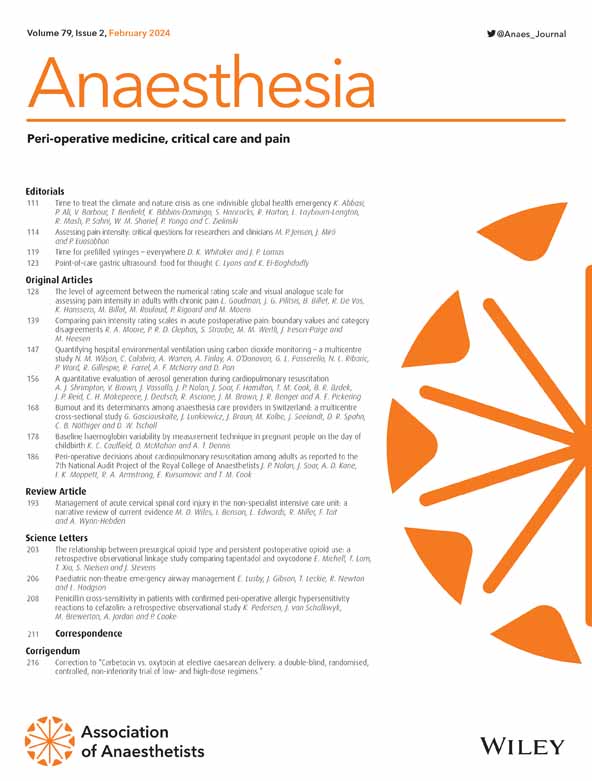Videolaryngoscopy vs. direct laryngoscopy in class 2 and 3 obesity: a systematic review, meta-analysis and trial sequential analysis of randomised controlled trials*
Abstract
Introduction
The 7th National Audit Project of the Royal College of Anaesthetists revealed an increase in rates of tracheal intubation over the last decade, partially contributed to by the rise in people living with obesity. Notably, airway and respiratory complications were over-represented in patients living with class 2 or 3 obesity (BMI ≥ 35 kg.m-2). Hence, it is timely to evaluate if videolaryngoscopy might improve tracheal intubation-related outcomes when compared with direct laryngoscopy in this high-risk patient group.
Methods
We conducted a systematic review and meta-analysis of randomised controlled trials published in the last 15 years. We searched five databases for trials comparing videolaryngoscopy with direct laryngoscopy in adult patients living with class 2 or 3 obesity undergoing elective general surgery. Primary outcomes were the incidence of failed tracheal intubation; hypoxaemia; and first attempt tracheal intubation failure. Secondary outcomes were glottic visualisation; time to tracheal intubation; incidence of sore throat; and intubation difficulty scale.
Results
We included 10 trials with 955 patients, of whom 481 received videolaryngoscopy and 474 direct laryngoscopy. Videolaryngoscopy significantly reduced failed tracheal intubation (relative risk (95%CI) 0.15 (0.05–0.35), p < 0.001, nine studies); hypoxaemia (relative risk (95%CI) 0.21 (0.10–0.43), p < 0.001, seven studies); and first attempt failure (relative risk (95%CI) 0.44 (0.25–0.76), p = 0.004, seven studies). While glottic visualisation was also significantly improved, there was no significant difference in time to tracheal intubation, incidence of sore throat or intubation difficulty scale.
Conclusions
In patients living with class 2 or 3 obesity, videolaryngoscopy significantly reduced failed tracheal intubation incidence, first-attempt failure incidence, incidence of hypoxaemia and poor glottic visualisation. Patients living with class 2 or 3 obesity are likely to benefit from the use of videolaryngoscopy compared with direct laryngoscopy.

 求助内容:
求助内容: 应助结果提醒方式:
应助结果提醒方式:


